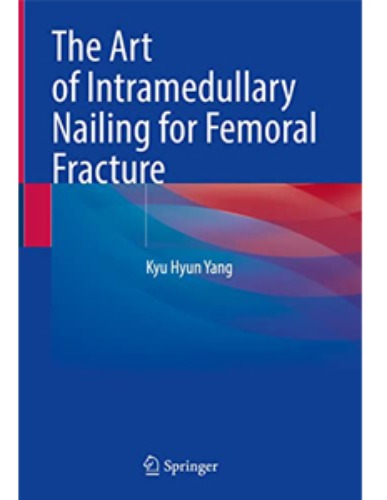This book offers precise points in intramedullary nailing for the treatment of the femoral fracture. The author's aim is to explain how to find a correct entry point, especially in the case of subtrochanteric fracture with excessive external rotation of the proximal fragment, method of reduction in a severely comminuted fracture which is challenging in the restoration of rotational alignment as well as angulation, and mode of interlocking. This book is based on the author’s personal experiences of 30 years in trauma, who dedicates himself to developing intramedullary nailing for femoral shaft fracture. It also covers cephalomedullary nailing for reverse obliquity trochanteric fracture because the incidence of hip fractures increases due to prolonged life expectancy. This book will be an ideal resource with many fluoroscopic and radiographic pictures to descript the real situations that the surgeons encounter in the operating room and techniques to solve those problems.
Brief History of Evolution of Femoral Nail, Pages 1-2
Fracture Healing Mechanism after IM Nailing, Pages 3-11
Indication and Contraindication of Femoral Nailing, Pages 13-26
Antegrade Femoral Nailing for Femoral Shaft Fracture, Pages 27-59
Retrograde Nailing, Pages 61-73
Ipsilateral Femoral Neck Fracture, Pages 75-87
Bone Defect Due to Open Fracture and/or Infection After Osteosynthesis, Pages 89-110
Atypical Femoral Fracture (AFF), Pages 111-134
Subtrochanteric Fracture: Malalignment and Nonunion After IM Nailing, Pages 135-146
Isthmic or Non-isthmic Femoral Nonunion After IM Nailing, Pages 147-155
Intramedullary Nailing in the Deformed Medullary Canal, Pages 157-164
Limb Lengthening Using Intramedullary Lengthening Nail, Pages 165-175
Various Problems Encountered During the Removal of the IM Nail, Pages 177-184


